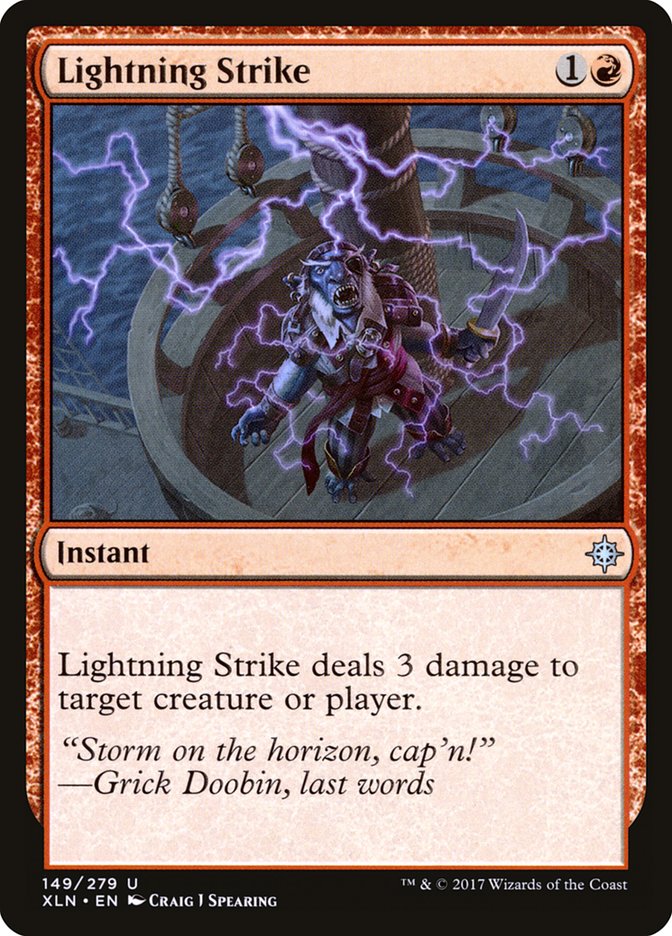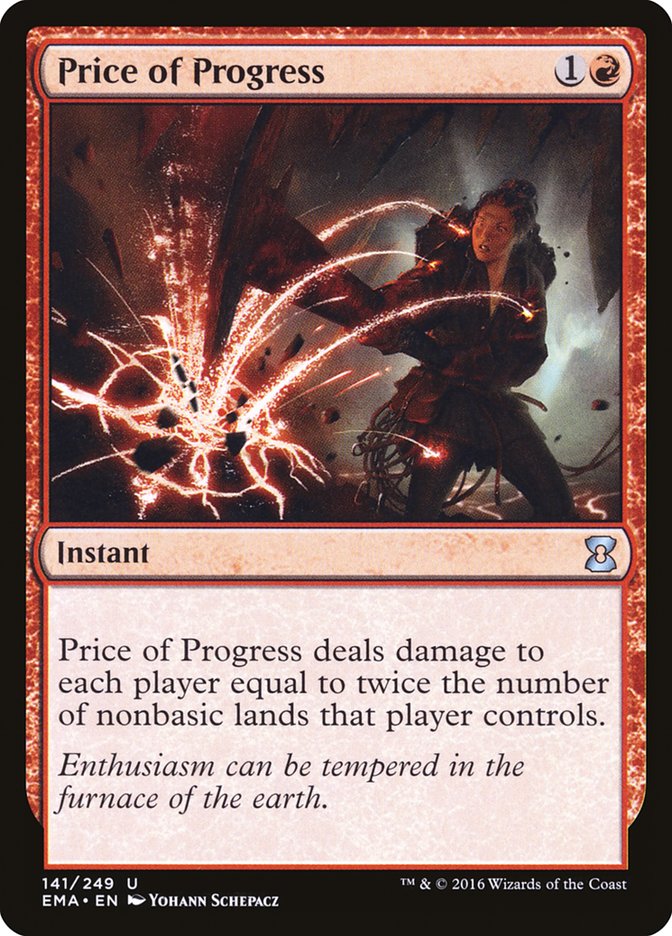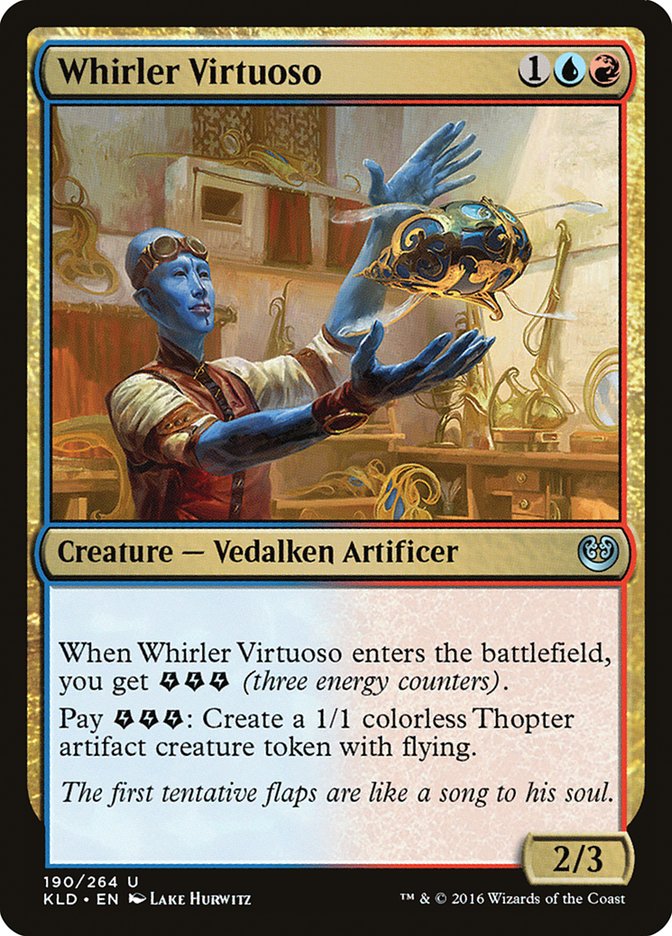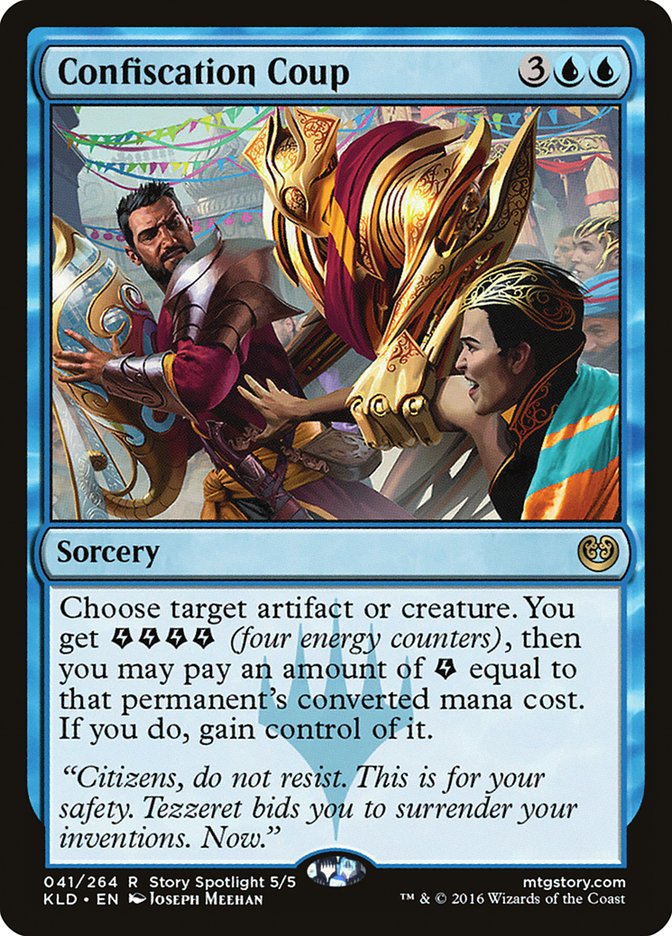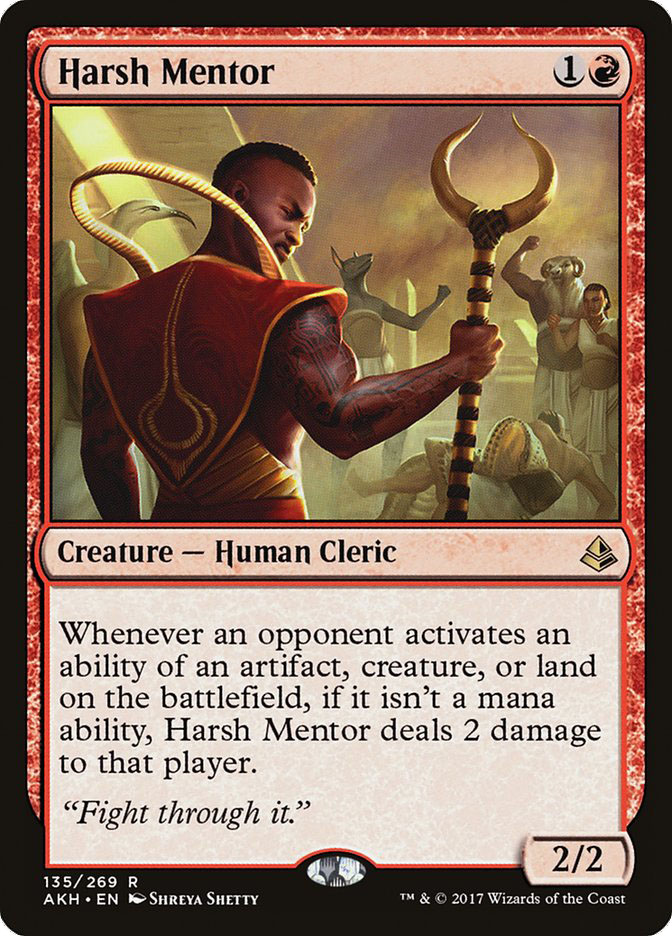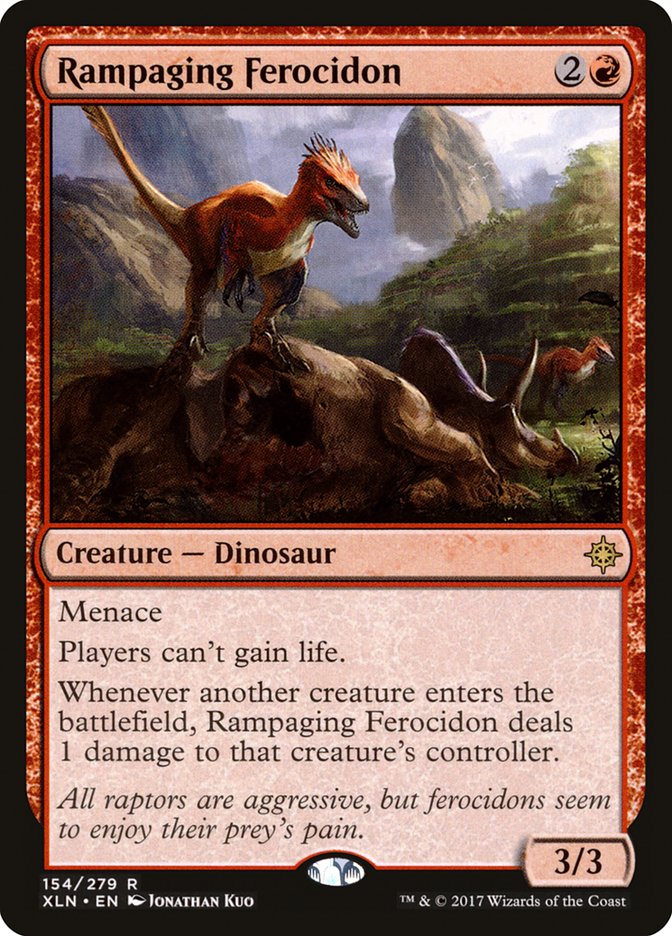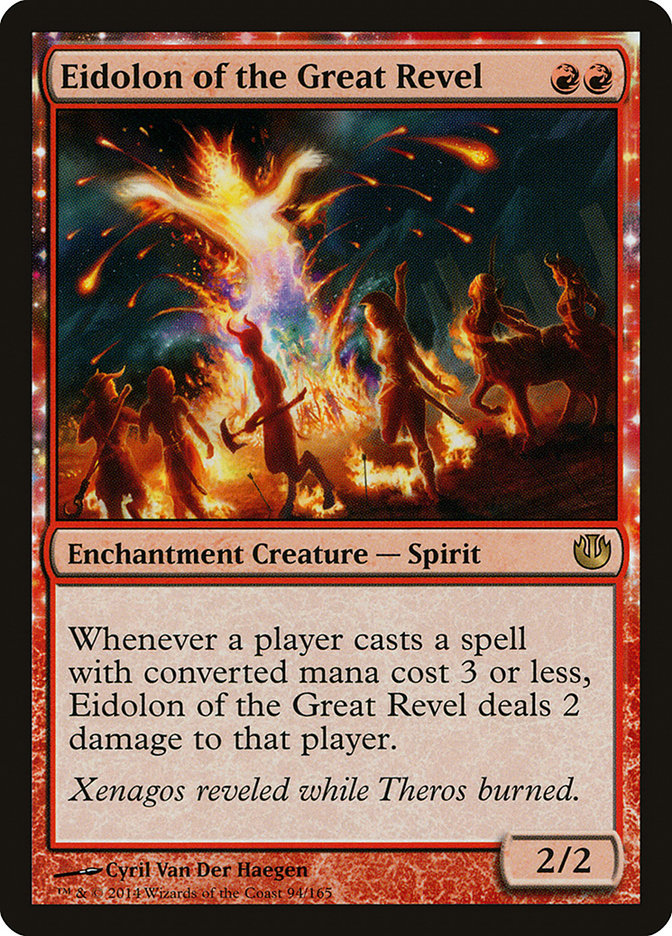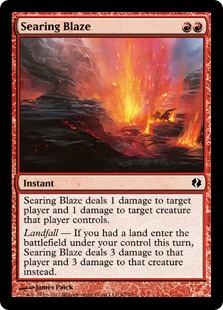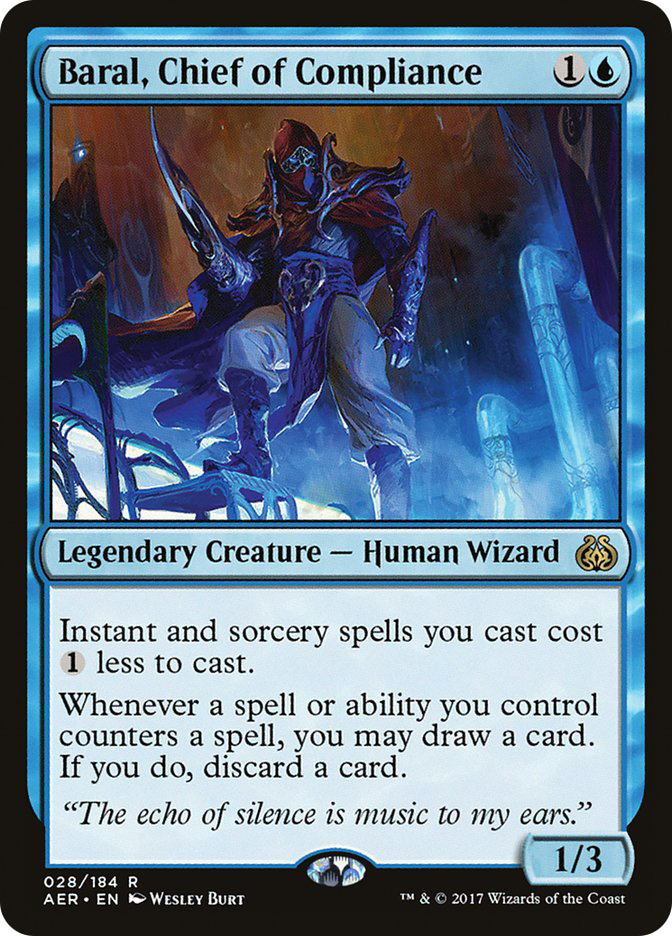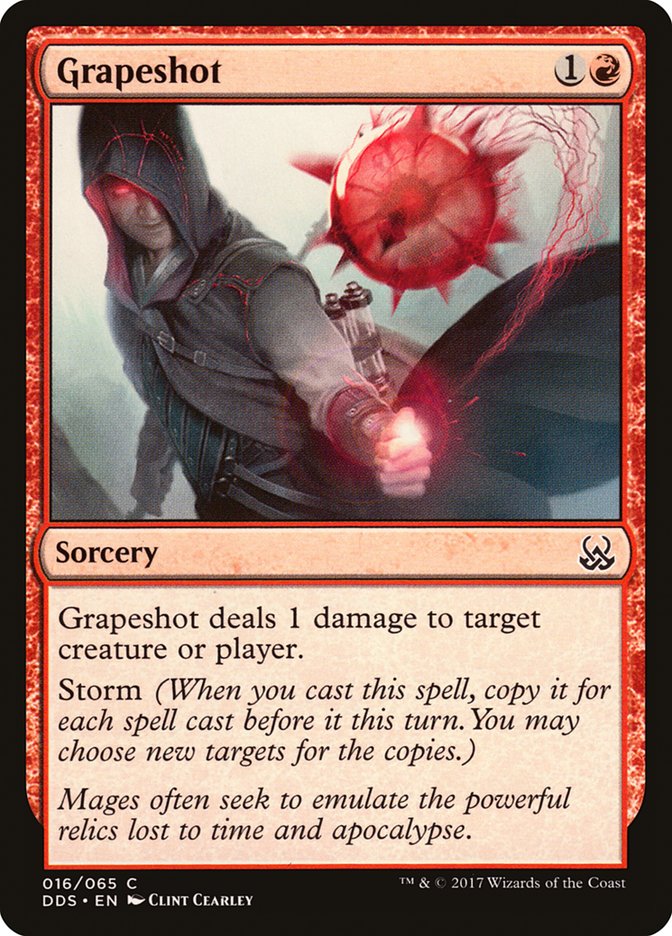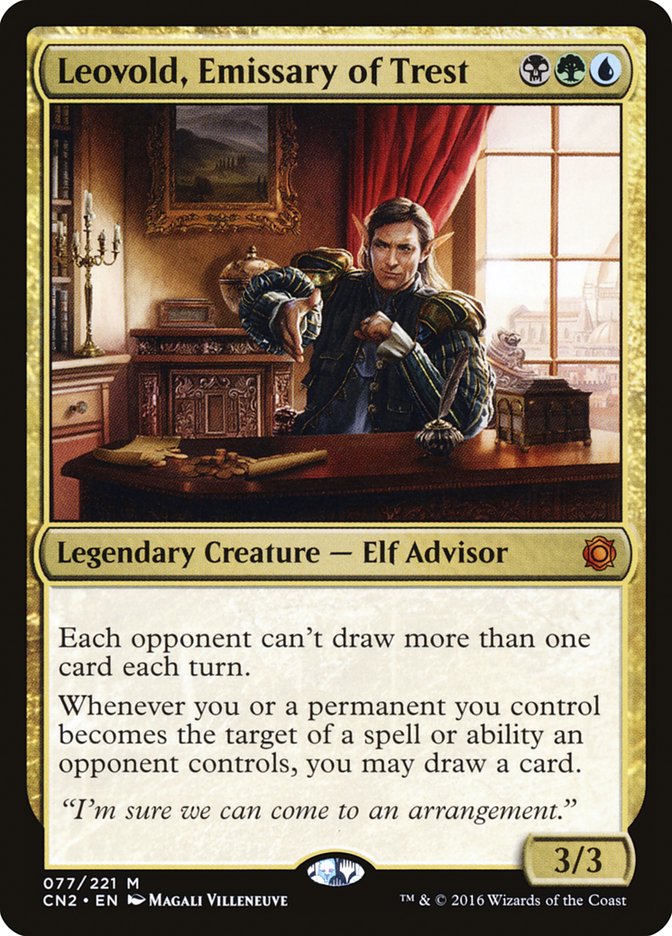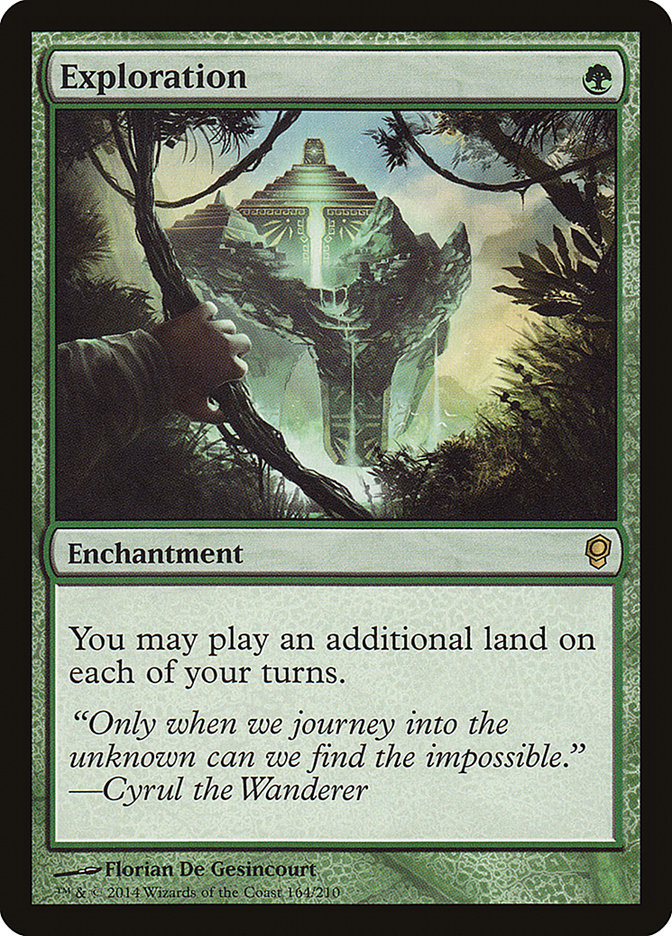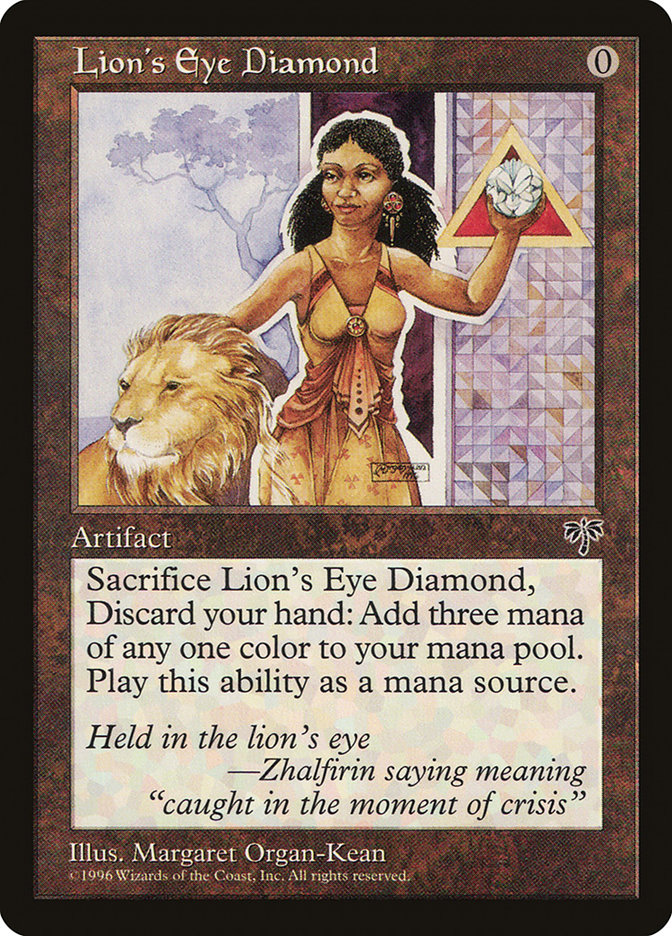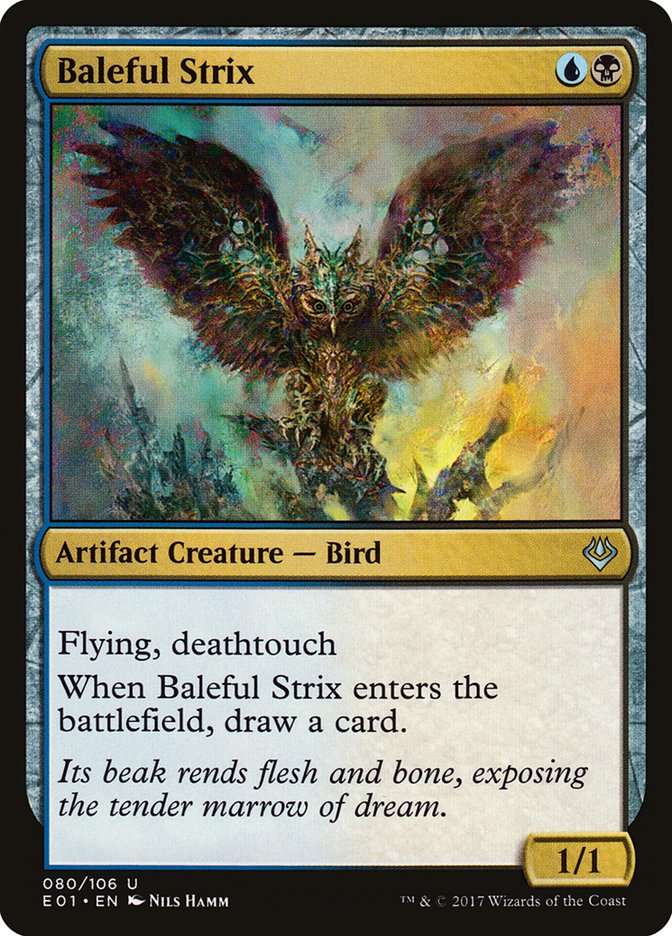Is there any better feeling?
You’re playing a tense Game 3 of your win-and-in for Top 8. A small crowd has gathered, and the game is starting to slip away. You’ve had a fast start, but your opponent has begun to stabilize at five life and has a healthy battlefield of a Rogue Refiner, a 5/5 Longtusk Cub, a Servant of the Conduit, and a freshly cast Bristling Hydra. You’re out of cards, with nothing but four Mountains, a Ramunap Ruins, and a lowly Bomat Courier on the battlefield. Things are looking grim.
What else is a Ramunap Red player to do?
“End step, sacrifice Ramunap Ruins to itself, put you to three.”
And then you untap, slowly peel the top card of your deck over, and flip it on the table.
#Upstairs!
It’s just that easy.
Mountains in All Formats!
With a Team Constructed Open on the horizon at #SCGBALT, we’ve hit an interesting point in the three major formats where red decks are well-positioned across the board.
Whether you’re topdecking Lightning Strike in Standard, Boros Charm in Modern, or Price of Progress in Legacy, each deck is an excellent choice for any aggressive player looking to play in the team event or beyond. In fact, if a team were so inclined, they could bring the full pressure of all the best burn spells and aggressive creatures Magic has ever seen to form…
Team #Upstairs!
Imagine the pressure placed on your poor opponents as they must endure an entire volley of burn spells being thrown at their faces across all three formats!
Seat A – Standard
Ramunap Red has been a driving force in Standard since the printing of Ramunap Ruins and Paulo Vitor Damo da Rosa’s win at Pro Tour Hour of Devastation. With success in almost every major Standard event since, Ramunap Red has been and continues to be at the forefront of the format. However, there is an issue for Hazoret the Fervent and friends.
Ramunap Red has always struggled against Temur Energy, mostly due to how effective Whirler Virtuoso is. Whirler Virtuoso’s 1/1 Thopter army is a nightmare for one-toughness creatures like Bomat Courier and Earthshaker Khenra, while also providing a never-ending cushion against attacks from Hazoret the Fervent. Combine this with the fast clock that Longtusk Cub and Glorybringer provide, and things can get difficult for the Ramunap Red player.
Ramunap Red is already a very solid deck that does well against the rest of the format, so it stands to reason that if you could improve the Temur Energy matchup, success would follow. We saw this evolution on full display at #GPATL last weekend with both Ben Stark’s and Trey Van Cleave’s unique takes on the deck. Both clearly had improving the Temur Energy matchup on their mind, but they went about it in very different ways.
Creatures (19)
- 4 Bomat Courier
- 2 Kari Zev, Skyship Raider
- 3 Glorybringer
- 1 Hazoret the Fervent
- 3 Soul-Scar Mage
- 3 Sand Strangler
- 3 Rampaging Ferocidon
Planeswalkers (3)
Lands (25)
Spells (13)

Ben decided to go big.
It has been very common for Ramunap Red to sideboard a number of haymakers like Glorybringer and Chandra, Torch of Defiance as a semi-transformational sideboard plan. You beat them down with 2/1s in Game 1, they bring in a bunch of copies of Magma Spray, and then you beat them over the head with Dragons.
Ben decided to just put the “big stuff” plan into his maindeck, supplementing it with other logical cards that make sense with the overall strategy. When you’re not trying to deal early damage and empty your hand for Hazoret the Fervent as quickly as possible, cards like Earthshaker Khenra and Soul-Scar Mage lose a lot of their appeal and extra removal like Magma Spray and Sand Strangler is very desirable. The deck takes on a more midrange slant while still maintaining the possibility for aggressive starts.
While this plan is clever and obviously worked for Ben all the way to the finals of #GPATL, I don’t expect it to endure. There’s a nice amount of rogue/surprise factor going on here and Ben is obviously a world-class player; both characteristics that won’t translate well week-to-week for most players.
There’s also a big hole in this plan with how Temur Energy players are currently constructing their decks:
Confiscation Coup is back in vogue in a big way, which does not bode well for trying to “go big” against Temur Energy. It’s bizarre that a five-mana Control Magic would be good against the mono-red deck, but with top-end threats like Hazoret and Glorybringer being so important, Confiscation Coup ends up deciding many games.
So what about Trey?
Creatures (26)
- 4 Bomat Courier
- 2 Kari Zev, Skyship Raider
- 4 Hazoret the Fervent
- 4 Soul-Scar Mage
- 4 Harsh Mentor
- 4 Earthshaker Khenra
- 4 Rampaging Ferocidon
Lands (24)
Spells (10)
Sideboard

Trey decided to go small.
Rather than trying to rely on huge haymakers to shore up the Temur Energy matchup, Trey decided to go in the opposite direction, attacking cards like Whirler Virtuoso and Longtusk Cub directly.
Both Harsh Mentor and Rampaging Ferocidon have seen play in Ramunap Red before, but there are usually only a few of them to supplement the strategy. Trey decided to put the foot on the gas with full playsets of both, looking to put the maximum amount of pressure on the various energy-using cards. Rather than trying to beat Temur Energy at its own game with huge game-breakers, Trey just wants to deal a bunch of damage and then finish them off with Lightning Strike and Ramunap Ruins.
This is the way to go. There’s no point in trying to get into an arms race with the energy decks because they are so good at being the midrange deck. Instead, focusing on hateful creatures like Harsh Mentor and Rampaging Ferocidon allows Ramunap Red to maintain its aggressive stance and play to its strength of getting under the Energy decks. There’s also the added benefit that the more the Energy decks try to beat each other by adding huge cards like Vraska, Relic Seeker, the better things get for being aggressive.
Standard is definitely a format defined by Attune with Aether, but that doesn’t mean you have to play it yourself. Ramunap Red is a powerful, consistent, and proven deck that can be tuned to beat Energy while also having game against the rest of the field. It’s also nice that it tends to be very good against decks that are trying very hard to beat Energy.
Seat B – Modern
Modern Burn lives and dies by a very important question.
“How good are Eidolon of the Great Revel and Searing Blaze right now?”
Lightning Bolt and Goblin Guide will always be good Magic cards. Rift Bolt and Lava Spike will always be bad Magic cards (with a job to do). But how good Eidolon of the Great Revel and Searing Blaze are will define how well Burn as a whole will perform in any given Modern metagame. This is because both cards contain the true raw power of the Burn deck; Eidolon deals boatloads of damage while singlehandedly beating some decks, while Searing Blaze does everything you want to be doing (namely, dealing three damage to your opponent) while also getting to interact.
The rise of Eldrazi Tron was very difficult for Burn, as neither Eidolon of the Great Revel nor Searing Blaze can do much of anything in the matchup. The deck was so wildly popular at one point that I played against it an astounding five times at SCG Louisville, which is insane for any big Modern tournament. As such, Burn’s share of the metagame has faded away since then. However, with Eldrazi Tron on the decline, a new Modern deck has taken up the reins as Modern’s de facto “best deck.”
Let me tell you, it feels very good to watch your Storm opponent’s face drop when you cast a Game 1 Eidolon of the Great Revel. They’re going to need to take at least four damage to kill it with a Grapeshot, which will also slow down their ability to go off against your fast clock. You’re also jam-packed with ways to deal with Baral, Chief of Compliance in a timely fashion, which puts you at quite an advantage.
Storm is helping to keep some of the other unfair decks at bay while also encouraging people to play more interactive Thoughtseize decks that also suffer against you without the proper sideboard cards, sideboard cards that people aren’t really packing because Burn has slipped into the metagame aether. Last, there’s been a resurgence of creature decks like Humans, which Searing Blaze and Grim Lavamancer are primed to feast on.
Creatures (14)
Lands (19)
Spells (27)

Modern has always been viewed as the proactive format, and nothing is more proactive than “Turn 1, Lava Spike you!”
Seat C – Legacy
Deciding if Burn is currently good in Legacy follows a very similar formula to seeing if it is good in Modern, with one extremely important variable added.
Just like in Modern, Eidolon of the Great Revel and Searing Blaze are both critically important cards to Legacy Burn, but the true prize is Price of Progress. No single card in Burn’s arsenal can deal so much damage all in one shot, and two mana for anywhere from six to ten damage is astounding. Like Exploration or Lion’s Eye Diamond, Price of Progress is the rare kind of Magic card that has an unbelievable amount of power but can only go into a small subset of decks.
So what’s everyone up to in Legacy?
Oh right, everyone is durdling around with ridiculous three- and four-color blue decks, trying to out-blue-deck each other.
This is great for Burn in a lot of ways. There are rarely any basic lands in any of these blue decks, and the more they focus on winning fair matchups against each other with cards like Leovold, Emissary of Trest; True-Name Nemesis; and Baleful Strix, the slower they get. In fact, the only deck besides U/W Control in the Top 8 of #SCGDC with more than one basic land in it was a Storm deck, and we’ve got them covered with Eidolon of the Great Revel.
Eidolon of the Great Revel is even better in Legacy than in Modern because of all the cheap cantrips, and providing maindeck hate against the best combo deck in the format is also very appealing. Searing Blaze is of course dead sometimes, but the power of Eidolon of the Great Revel and Price of Progress in those matchups more than makes up for it. And when Searing Blaze is good against the fair decks, it is phenomenal, taking out Delver of Secrets and Deathrite Shaman with ease.
There’s also a hidden power to playing Legacy Burn in a team event, as typically the Legacy player on any team is going to be a “format specialist,” meaning they will very likely be on a Legacy deck they have played for a long time and mastered— think Lands, Storm, or a heavily teched-out blue deck. That sounds like a metagame I would love to bring my copies of Price of Progress and Eidolon of the Great Revel into!
Creatures (13)
Lands (20)
Spells (27)

Oh, and look at that, Burn actually won the Classic at #SCGDC a not two weeks ago!
It’s a great time to light em’ up in Legacy, and Terrence’s list is a great start. I would play his exact maindeck (swapping in Scalding Tarns if you have them for mild bluff potential) with this sideboard:
Eight Pyrostatic Pillar effects is just too many, and the deck needs some graveyard hate capable of interacting as early as Turn 1.
When It’s Time to Party…
… you know Eidolon of the Great Revel will party hard!
And why shouldn’t it? Eidolon of the Great Revel is a phenomenally powerful Magic card in a vacuum and even better at punishing particular metagames. Both formats are looking ripe to be punished, and little brother Harsh Mentor is ready to do the dirty work in Standard as well.
It’s a great time for Turn 1 Mountain!


